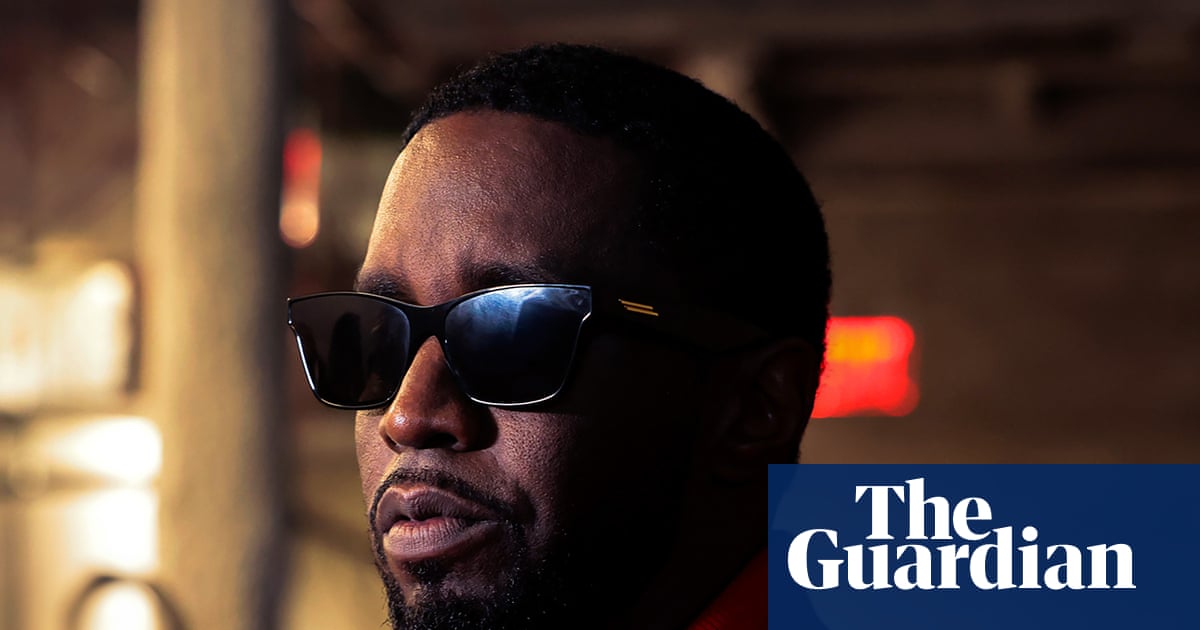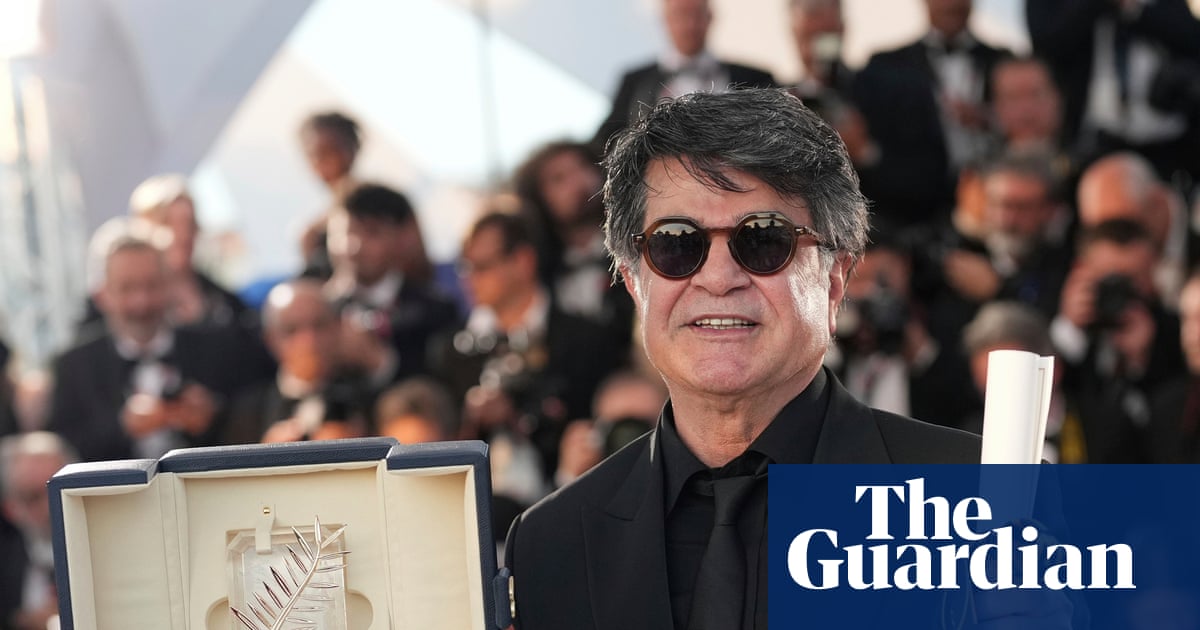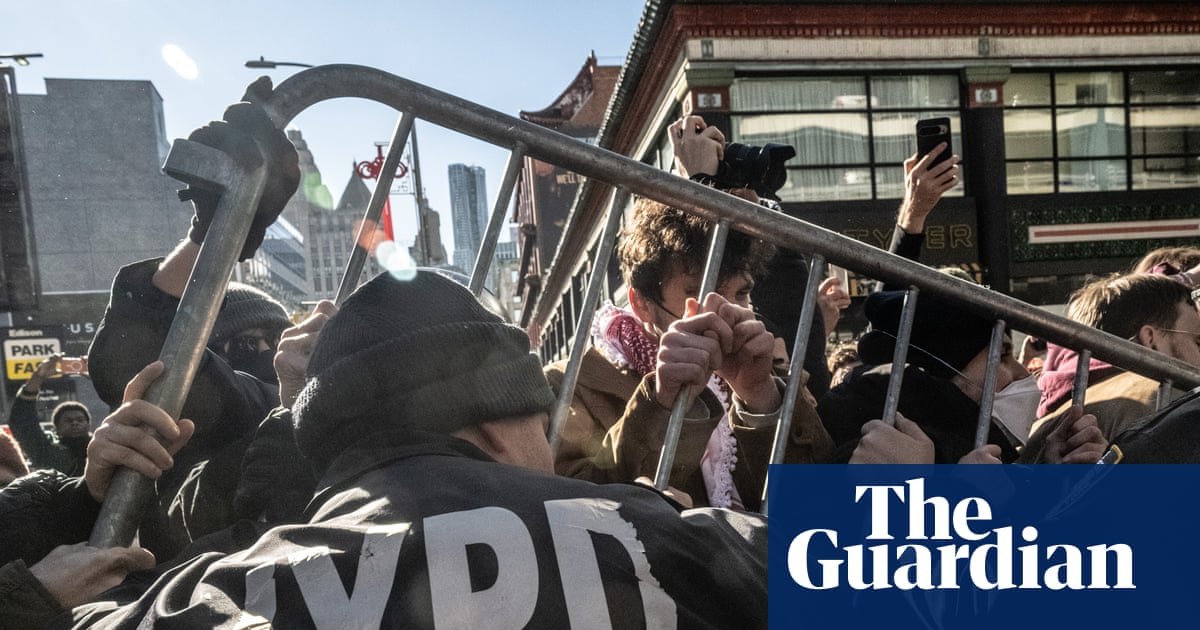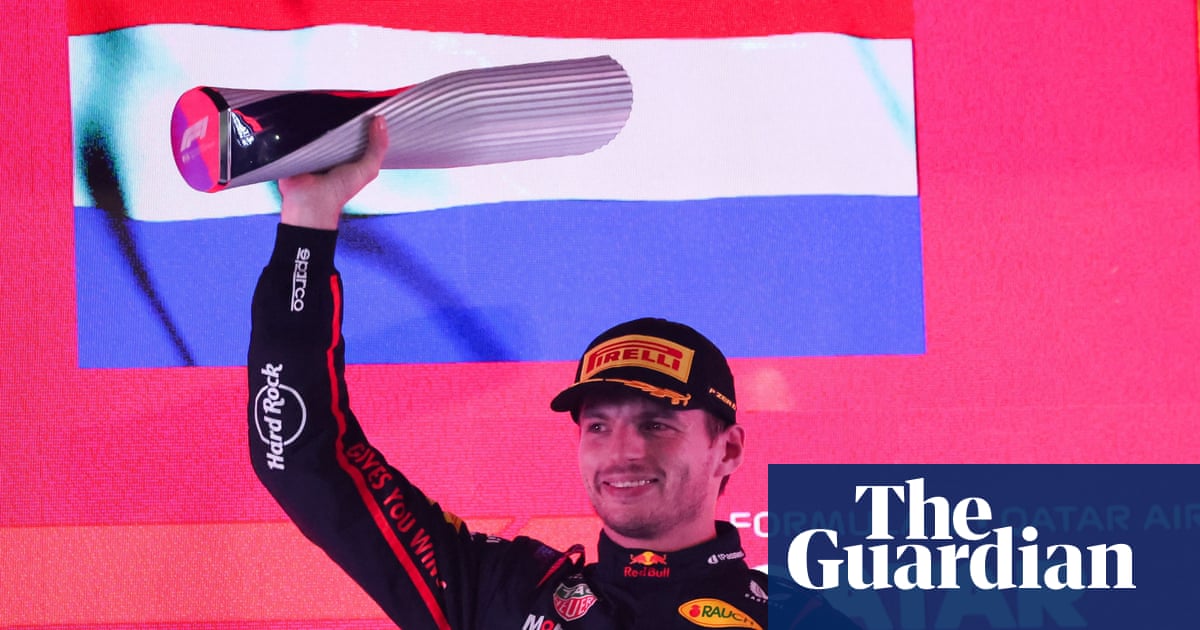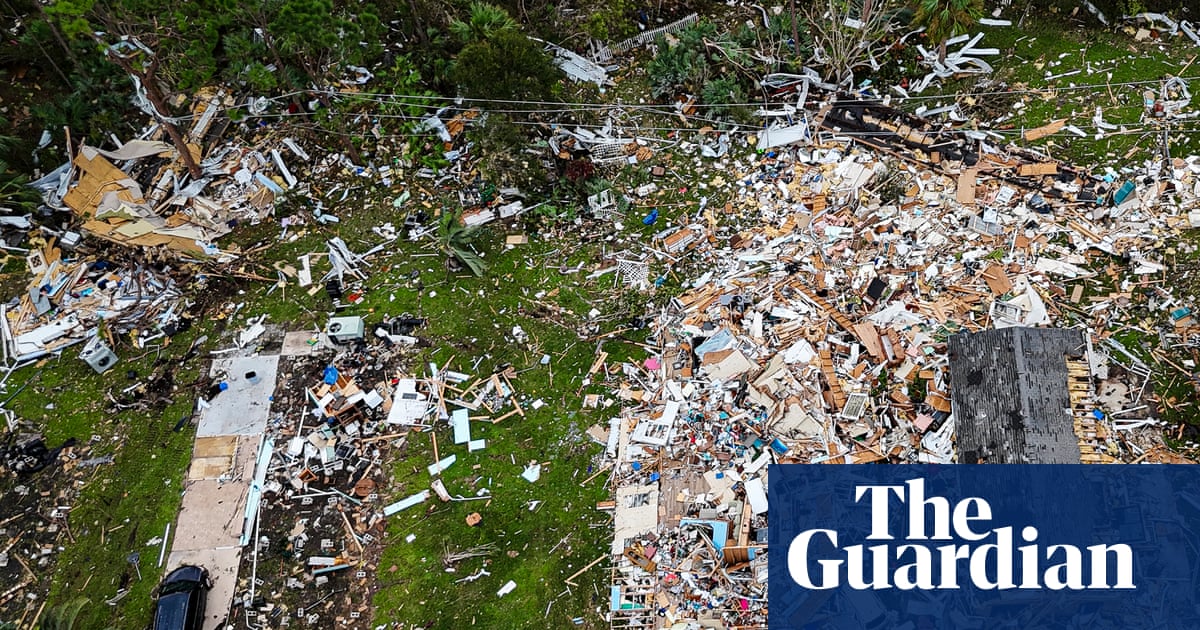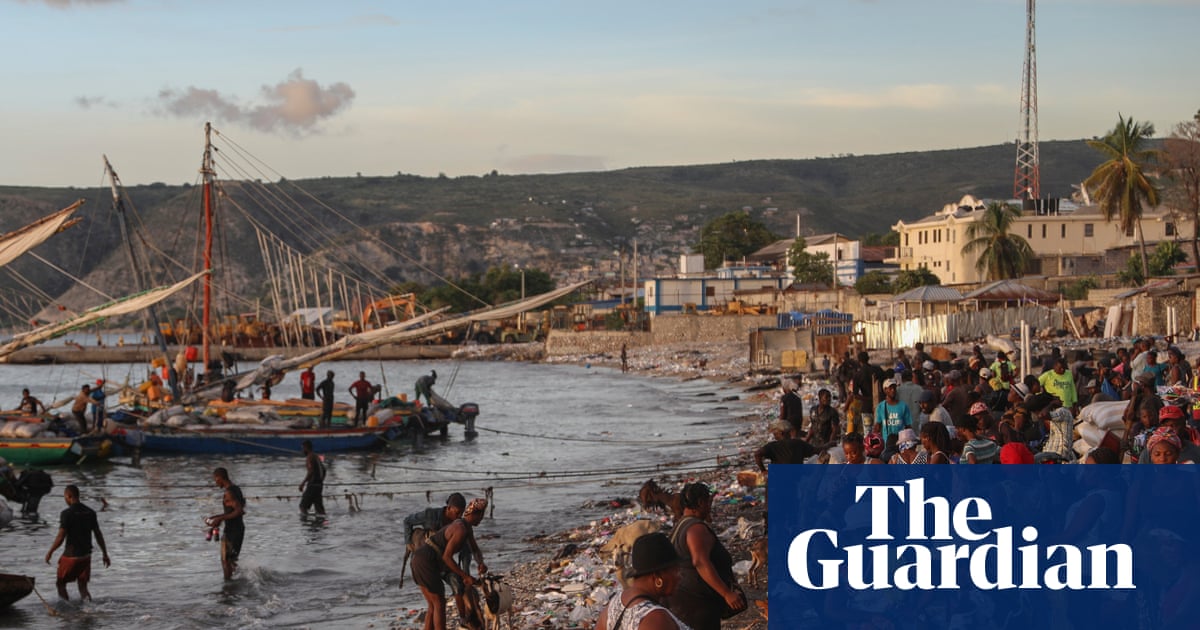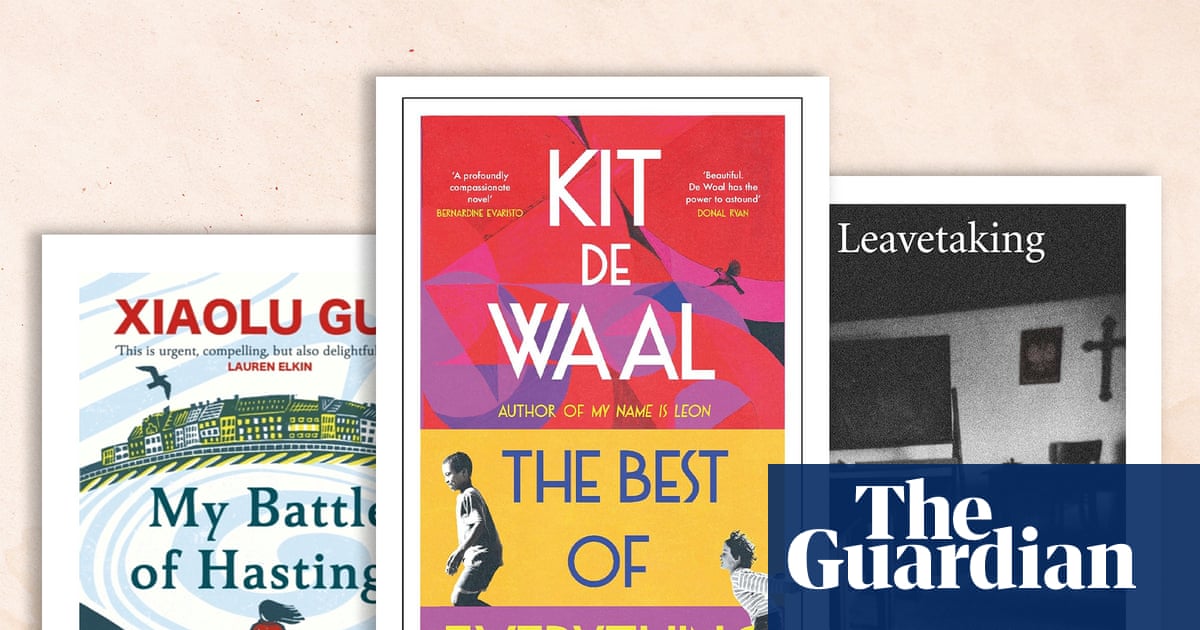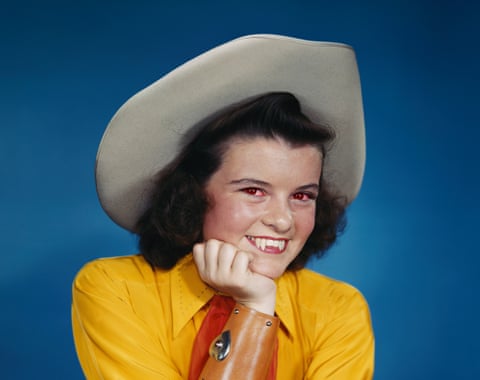
From retro images altered with AI to a blistering series on the state of women’s prisons, this year’s nominees for the prestigious £30,000 prize showcase their best work
Tooth is stranger than fiction … Near Dark, from the Encyclopaedia series, 2023-2025. Photograph: Weronika GęsickaWed 22 Oct 2025 08.00 CEST
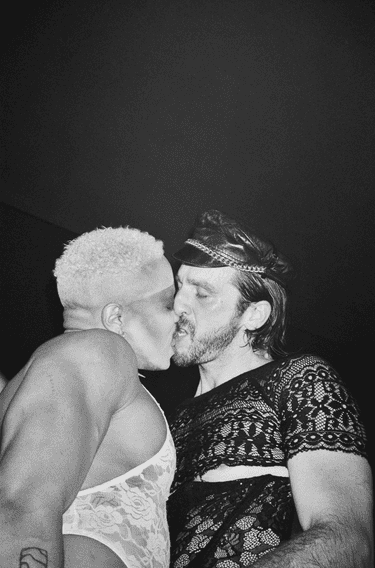
Kiss, Glastonbury festival, 2024
The work of the four nominees for the prestigious Deutsche Börse Photography Foundation £30,000 prize explores themes of exile and memory; gender inequalities and advocacy; subculture and class in contemporary life, and shifting boundaries between photographic fact and fiction. The shortlisted names are Weronika Gęsicka, Jane Evelyn Atwood, Amak Mahmoodian and Rene Matić, who is shortlisted for their Berlin exhibition As Opposed to the Truth. Work from the shortlisted projects is at The Photographers’ Gallery, London, from 6 March to 7 June 2026Photograph: Rene Matić/Courtesy of the Artist and Arcadia Missa, London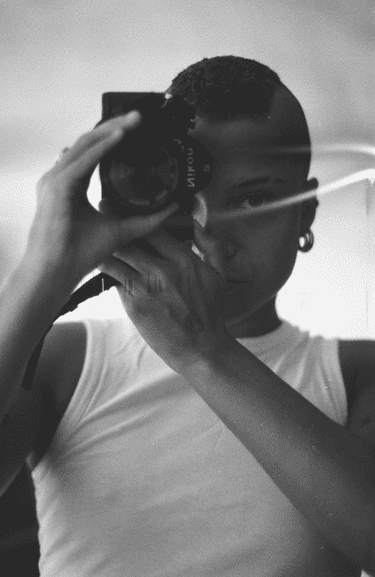
Self Portrait with Mohawk, 2024
Featuring newly produced photographs, installations and sound pieces, As Opposed to the Truth is rooted in identity and belonging, subculture, class and family. Matić’s diaristic, snapshot-like photography captures everyday moments with poetic intimacy. The images, combined with collected objects, film and sound, form a vivid and layered portrait of contemporary lifePhotograph: Rene Matić/Courtesy of the Artist and Arcadia Missa, London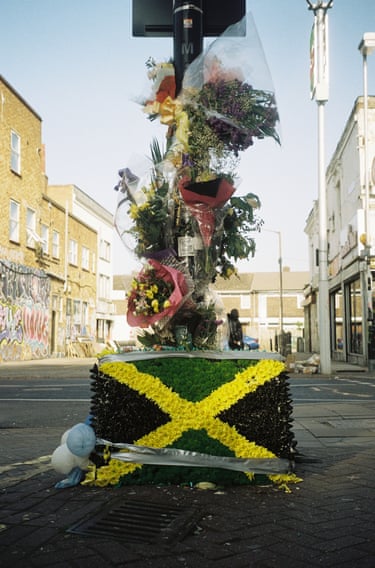
Jabari Gooden memorial flowers, Peckham, 2022
Matić’s practice spans across photography, film and sculpture, converging in a meeting place they describe as ‘rude(ness)’ – an evidencing and honouring of the in-between. In a climate of rising rightwing populism and performative compassion, they turn to interpersonal relationships as spaces of resistance and care – despite, or in defiance of, contemporary ‘truths’. For Matić, intimacy, vulnerability and desire become tools for survivalPhotograph: Rene Matić/Courtesy of the Artist and Arcadia Missa, London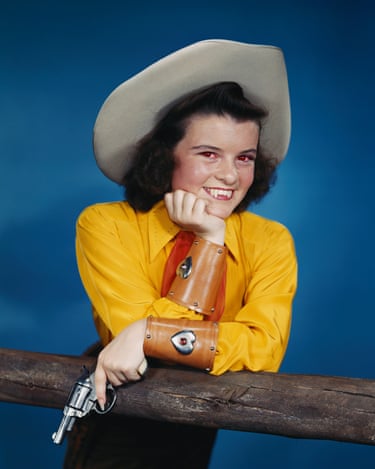
Near Dark, from Encyclopaedia, 2023-2025
Weronika Gęsicka is shortlisted for her photobook Encyclopaedia, which draws on a historical phenomenon: fake entries intentionally inserted into reference books as traps to catch copyright violations or as a playful way for editors to leave their mark on a text. These factoids subtly contribute to the erosion of trust in sources once considered authoritative. Gęsicka presents several hundred of these fabricated definitions, sourced from archive publicationsPhotograph: Weronika Gęsicka/Courtesy of the artist and Jednostka Gallery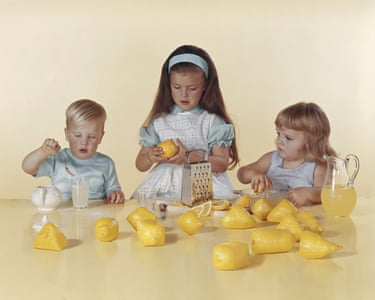
Bessa Vugo, from Encyclopaedia
By visually reinterpreting fake entries using manipulated stock photos and AI-generated imagery, Gęsicka highlights the tension between truth and inventionPhotograph: Weronika Gęsicka/Courtesy of the artist and Jednostka Gallery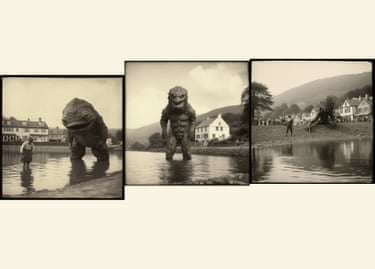
Eachy #1 (fragment) from Encyclopaedia
In a world saturated with information, where news, advertising, and fiction increasingly overlap, how can we distinguish what is ‘real’?Photograph: Weronika Gęsicka/Courtesy of the artist and Jednostka Gallery
Argusto Emfazie, from Encyclopaedia
With AI-generated content becoming a norm and images being easily altered, the project asks: what happens when even a single error appears in a source we trust? Photograph: Weronika Gęsicka/Courtesy of the artist and Jednostka Gallery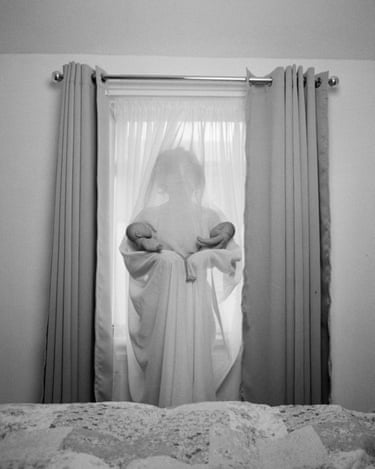
One Hundred and Twenty Minutes, 2019-2024
Amak Mahmoodian is shortlisted for the exhibition One Hundred and Twenty Minutes at the Bristol photo festival. Spanning photography, poetry, text, drawing and video, the exhibition explores the dream lives of exiles: how new lives are formed in dreams and memories of lost landscapes. Over six years, Mahmoodian worked closely with 16 collaborators from 14 countriesPhotograph: Amak Mahmoodian/Courtesy of the artist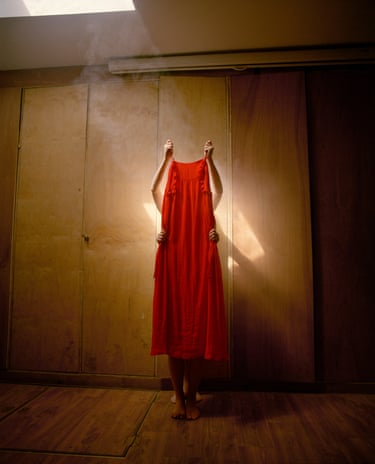
One Hundred and Twenty Minutes, 2019-2024
A multidisciplinary artist, Mahmoodian began her career in Iran and has been based in the UK since 2010, unable to return to her homeland. For her, dreams offer a vital connection to a lost home and family, between reality and imagination. In One Hundred and Twenty Minutes – the amount of time adults and children dream each night – Mahmoodian gives visual and poetic form to her collaborators’ dreamsPhotograph: Amak Mahmoodian/Courtesy of the artist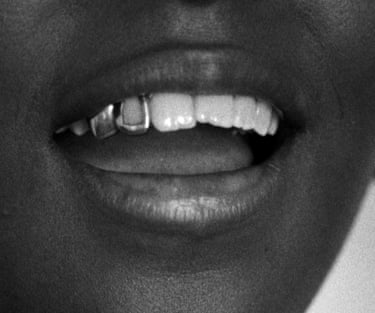
One Hundred and Twenty Minutes, 2019-2024
Together, these elements invite us into an immersive experience of shared dreamingPhotograph: Amak Mahmoodian/Courtesy of the artist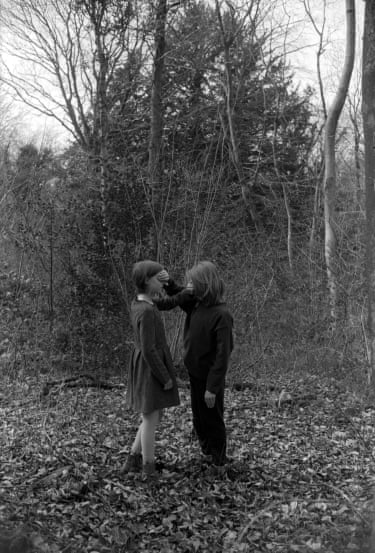
One Hundred and Twenty Minutes, 2019-2024
At a time when ideological shifts continue to marginalise migrants and displaced communities, Mahmoodian imagines a world without borders, where dreams form bridges across geography, politics and timePhotograph: Amak Mahmoodian/Courtesy of the artist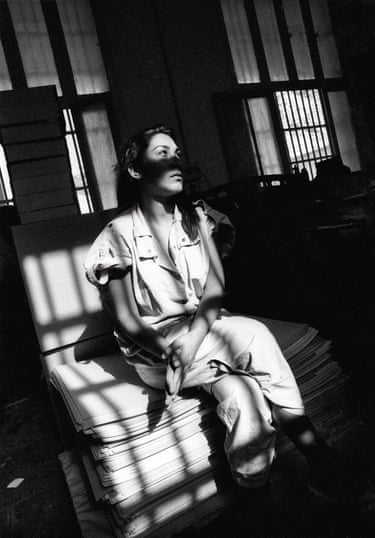
Prisoner in the prison workshop, Centre Pénitentiaire Les Baumettes, Marseille, France, 1991
Jane Evelyn Atwood is shortlisted for her publication Too Much Time / Trop de Peines, a revised, bilingual reprint of two works originally published in 2000 and updated by Le Bec en l’Air, Marseille, in 2024Photograph: Jane Evelyn Atwood/Deutsche Borse 2026 Prize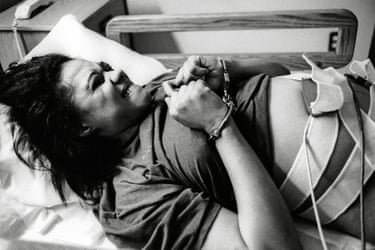
Handcuffed, pregnant inmate writhes in pain during gynaecological examination, moments before she gave birth by cesarean. Two armed guards were posted outside the open door to her hospital room. Providence City Hospital, Anchorage, Alaska, US, 1993
Too Much Time stems from a 10-year investigation during which she accompanied incarcerated women in 40 prisons across nine countries in the 1990s, documenting the lived realities of female inmates: limited access to hygienic facilities, a lack of gynaecological and mental health care, and stark inequalities compared to their male counterparts Photograph: Jane Evelyn Atwood/Deutsche Borse 2026 Prize
Visiting rights for a married couple jailed for stealing a painting from a museum. Maison d’arrêt de Femmes de Dijon, France, 1991
The intimacy of her black-and-white images is rooted in long-term commitment and unwavering advocacy for women in prison – a cause she continues to champion todayPhotograph: Jane Evelyn Atwood/Deutsche Borse 2026 Prize
Inmate serves boiled water instead of tea or coffee to prisoner in solitary confinement. Perm penal colony for women, Perm, Russia, 1990
Globally, the female prison population has grown by 50-60% since 2000. Driven by a deep commitment to social justice and a desire to expose systems of exclusion, Atwood’s work brings visibility to lives and stories often ignoredPhotograph: Jane Evelyn Atwood/Deutsche Borse 2026 PrizeExplore more on these topics

 1 month ago
28
1 month ago
28
